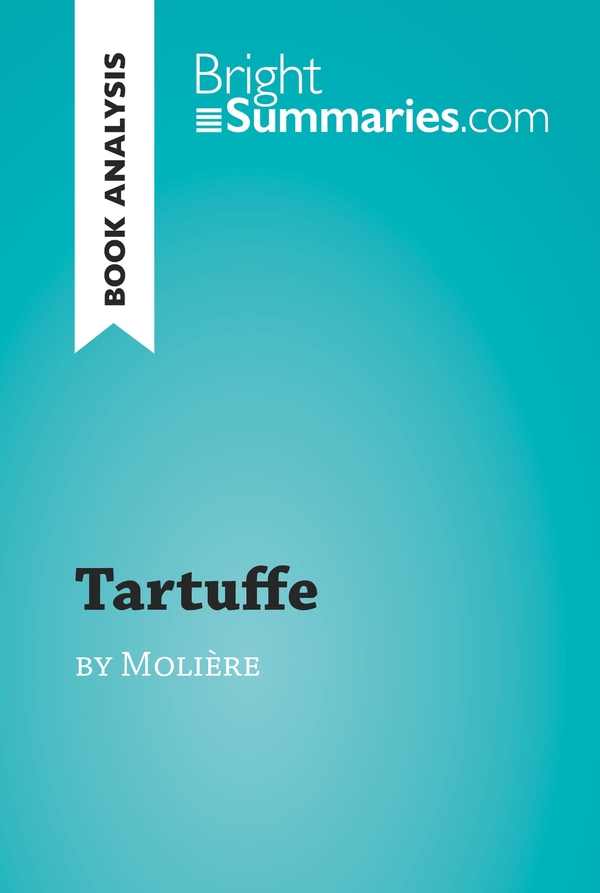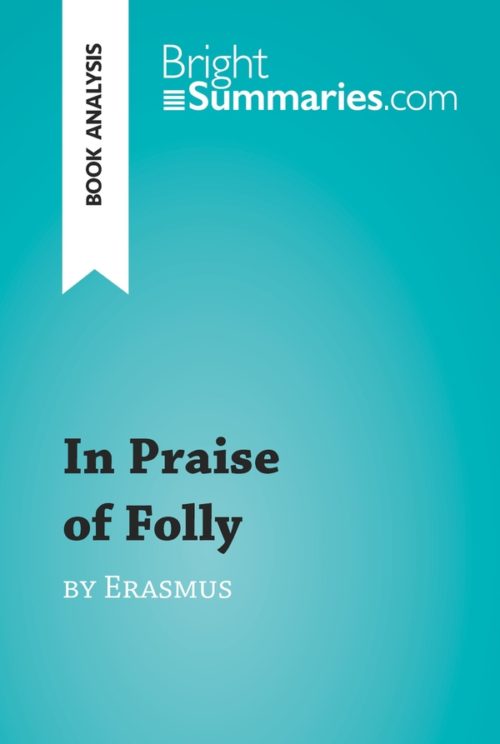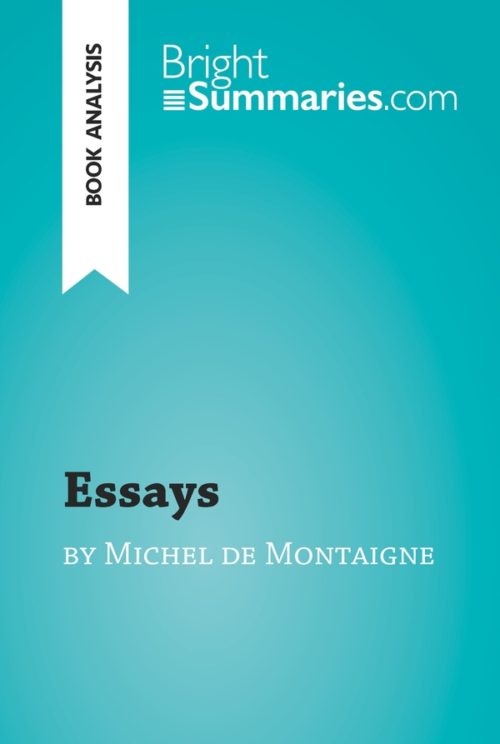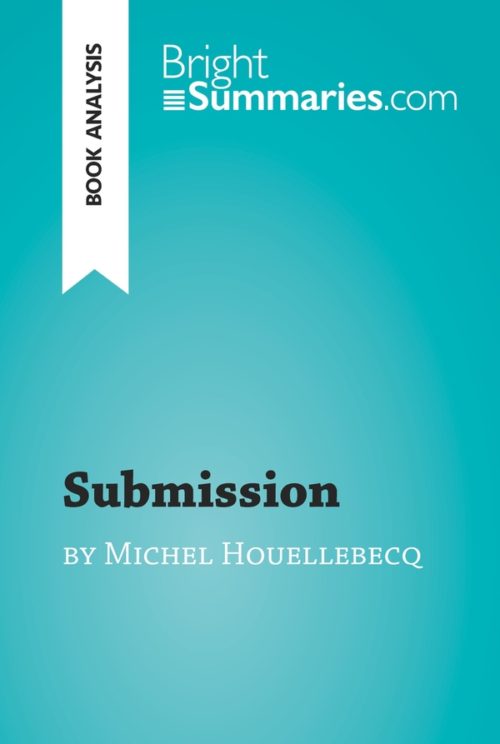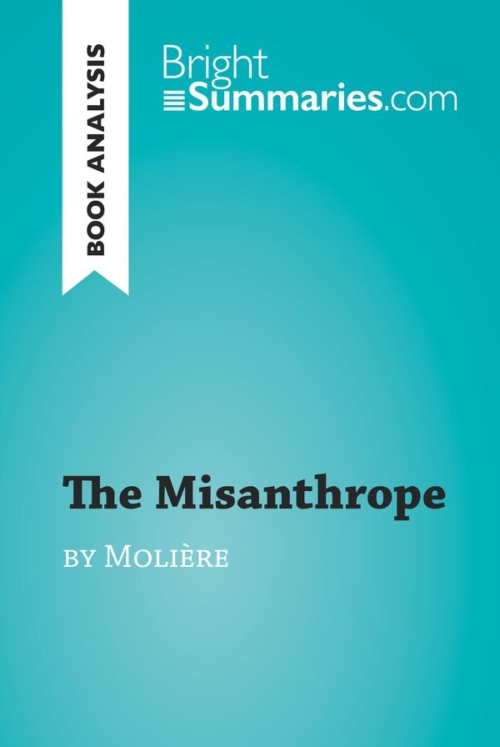Tartuffe by Molière (Book Analysis)
Tartuffe by Molière (Book Analysis)
Detailed Summary, Analysis and Reading Guide
Read more
This practical and insightful reading guide offers a complete summary and analysis of Tartuffe by Molière. It provides a thorough exploration of the play’s plot, characters and main themes, as well as Molière’s use of comedy to denounce religious hypocrisy. The clear and concise style makes for easy understanding, providing the perfect opportunity to improve your literary knowledge in no time.
This clear and detailed 30-page reading guide is structured as follows:
- Biography of Molière
- Presentation of Tartuffe
- Summary of Tartuffe
- Character study
- Tartuffe
- The people who are fooled
- The clear-sighted characters
- Analysis of Tartuffe
- Structure of the play
- The moral comedy
- Types of comic
- Tartuffe, or the critique
About Tartuffe
Tartuffe is one the most performed classical plays ever, having being performed over 3000 times at the Comédie-Française. However, when it was first written in the 1660s, it was banned as devout Catholics objected to its depiction of religious hypocrisy. The play centres on Orgon and his friendship with a man named Tartuffe, who pretends to be devout but is really a manipulative schemer determined to seduce Orgon’s wife. The plot focuses on the attempts of the characters who see through Tartuffe to unmask his hypocritical ways in the face of stubborn resistance from those who have been taken in by him.
About Molière
Molière, real name Jean-Baptiste Poquelin, was a French dramatist, actor and theatre troupe leader. He decided to pursue a career in the theatre at an early age, and spent 12 years performing in the provinces with his troupe before returning to Paris, where he caught the eye of King Louis XIV and was taken into his service. He is best known for his comedies, such as The Miser, The Imaginary Invalid and The Misanthrope, which used humour to criticise the vices of the society of his time. Molière was one of the most influential dramatists of the 17th century, and many of his plays are still regularly performed today.
Product details
| ISBN | 9782806270504 |
|---|---|
| Publisher | Plurilingua Publishing |
| Collection | BrightSummaries.com |
| Format | |
| Pages | 30 |
| File size | 1.4 MB |

